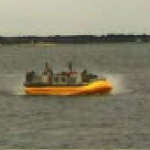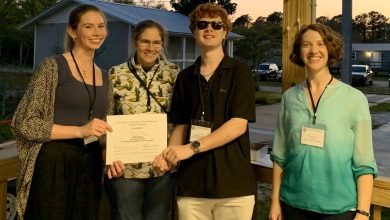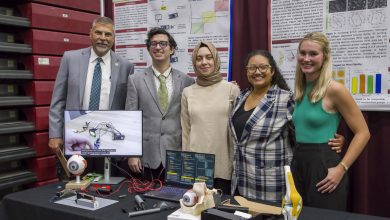Professor Takes Astronomy Lesson to South Pacific’s Cook Islands
MELBOURNE, FLA.—Florida Institute of Technology astronomer Hakeem M. Oluseyi proposed an extreme astronomy lesson. His proposal, to take two graduate students to the Cook Islands in the South Pacific Ocean to scientifically observe and photograph a rare total eclipse of the sun on July 11, 2010, was accepted by NASA. It was also funded at more than $40,000 by NASA’s Marshall Space Flight Center.
Oluseyi, with students Brice Orange and David Chesny, flew almost 10,000 miles for the best view from the southernmost island of Mangaia. Here, the totality of the eclipse could be seen in the narrow path across the surface of the Earth for an expected three minutes, 18 seconds. A partial eclipse was visible over a region in the Southern hemisphere thousands of miles wide.
Oluseyi has hopes of achieving several objectives. He said, “We look forward to presenting the scientific and image results from this project to the professional community and the public. Our goals are to advance knowledge, educate and inspire the public, and to train and motivate a new generation of scientific researchers.”
The team obtained data about the solar corona, with a focus on two specific solar features: solar plumes and coronal cavities. Plumes appear around the polar regions of the sun and may be sources of fast solar wind. Coronal cavities are often the site of solar eruptions. The researchers hope to learn more about the varying flux of the sun’s ultraviolet, x-ray and particle emissions.
Results from this work will be reported at a meeting of the American Astronomical Society and/or International Astronomical Union and prepared for publication in refereed scientific literature.
With Oluseyi on the project is Alphonse C. Sterling, a research scientist in the Solar Physics Division of NASA’s Marshall Space Flight Center in Huntsville, Ala.






